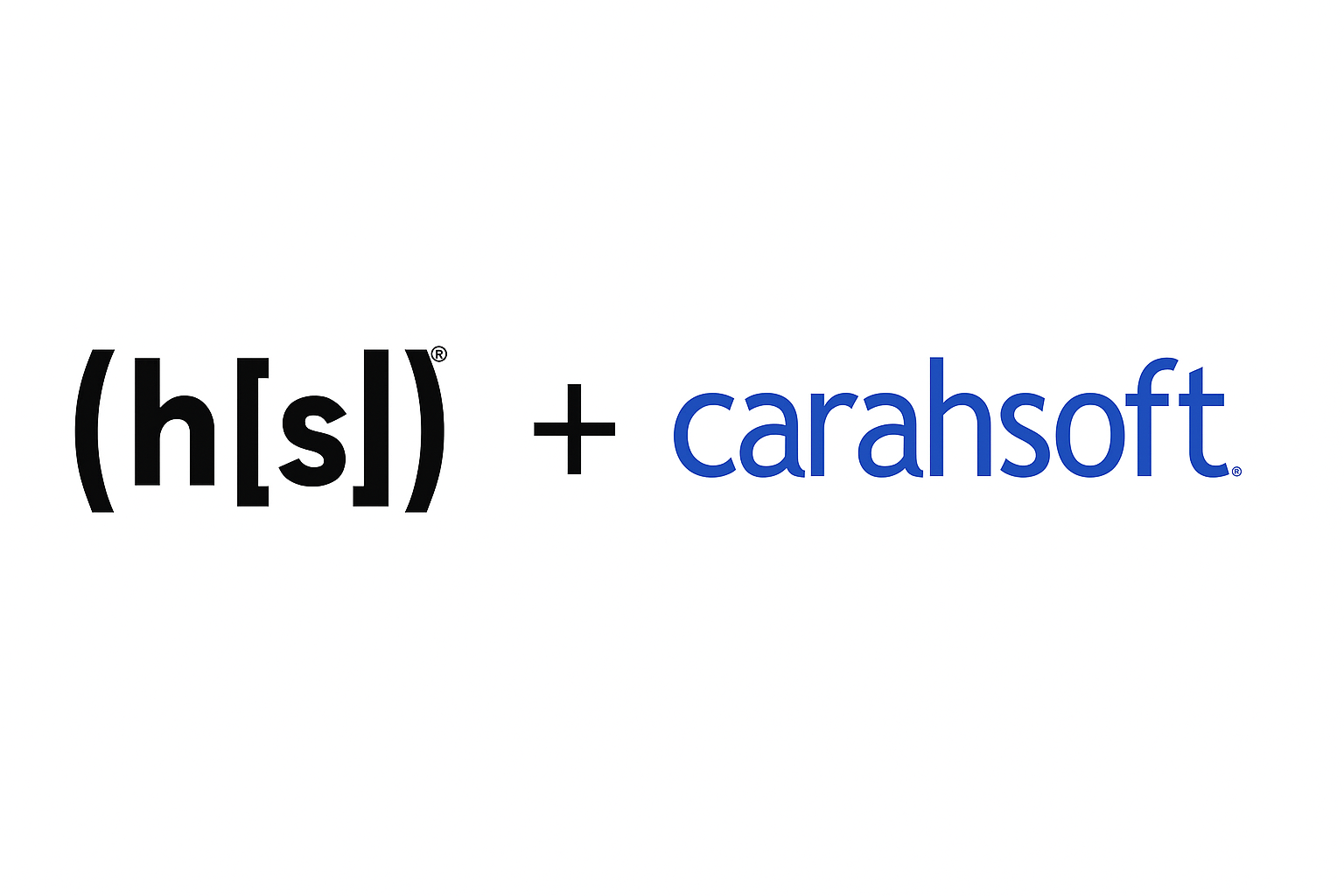Guest Post
By Jakub Ondrášek, CEO of Clore.ai
Technological innovations in AI are transforming industries at an unprecedented pace. From autonomous vehicles to medical diagnostics, and from generative art to natural language processing, our lives are being reshaped. But powering this revolution comes at a price.
Most consumers are unaware of how much power is consumed by the high-performing computers executing the tasks that make our lives easier. As this computing power drives breakthroughs, it’s also driving us toward unsustainability at a break neck pace.
The International Energy Agency (IEA) issued a stark warning in a 2024 report highlighting that data centers will double their electricity consumption by 2026. While they are set to guzzle resources at record breaking speeds, the IT industry will spend $1 Trillion on hardware, and half of that will be sitting idle. $500 billion dollars in software idle, while the industry sucks up all available resources.
In order to fuel AI’s insatiable hunger for high-performance computing (HPC) whilst reducing the environmental toll of tech infrastructure, this idle GPU power must be harnessed. This will not only redefine AI’s relationship with energy but also set a standard for sustainable technology practices worldwide.
The Environmental Cost of AI and Idle Hardware
Training large-scale AI models like GPT-4 or DALL·E, requires immense computational resources. These models demand thousands of GPUs working in parallel, consuming vast amounts of electricity and generating heat that requires additional energy to dissipate. The environmental costs are staggering.
It is borderline ludicrous that any GPU power is being wasted at all, let alone 50% of it. These high-performance computing devices consume electricity even when they’re not in active use, in order to maintain operational readiness. Yet more hardware continues to be produced in the background, contributing to e-waste through the mining of rare elements and energy-intensive manufacturing processes.
For AI researchers, developers, and tech companies aiming to address climate challenges, this inefficiency poses a huge paradox. The development of AI solutions that combat global challenges like climate change involves drastic wastage of energy-intensive computational resources.
A paradigm shift toward decentralized resource sharing is urgently needed.
Decentralized GPU Rentals: A Game-Changer for AI
Training a single large-scale AI model can cost millions of dollars and require weeks of non-stop computation. The vast amounts of untapped energy in private data centers, enterprise systems, and even personal devices, can be leveraged to ease sustainability concerns.
It’s critical to ensure this power can be widely reached on an instantaneous basis by the AI developers, researchers, creatives and users who need it. Decentralized GPU rental systems, powered by blockchain technology, offer a unique solution. By creating a peer-to-peer network where unused GPUs can be rented on demand, idle resources are put to work, democratizing access to HPC while reducing environmental impact.
For AI developers and companies, decentralized GPU rentals provide a cost-effective alternative to traditional cloud services. This allows smaller startups and independent researchers to compete on a level playing field, accelerating innovation. For hardware owners, renting out idle GPUs generates new revenue streams, incentivizing participation and creating a circular economy around computational resources. For the environment, the need for new GPUs to be manufactured, transported, and powered is reduced significantly, avoiding unnecessary emissions and e-waste.
The Sustainability Advantage
Nonetheless, AI’s sustainability challenges extend beyond raw electricity consumption. Centralized data centers, operated by major providers like AWS and Google Cloud, are often located in regions with high energy demands. Decentralized networks, on the other hand, distribute workloads globally, leveraging resources where they are most energy-efficient.
GPU tasks can be shifted to regions with surplus renewable energy or cooler climates, reducing reliance on fossil fuels and lowering overall energy costs. Decentralized systems balance computational demand across the network, optimizing resource utilization while minimizing environmental impact.
This decentralized model also mitigates the overbuilding of infrastructure. As demand for AI-driven computing grows, the tech industry has traditionally responded by constructing more data centers. By tapping into existing idle GPUs instead, decentralized networks reduce the need for these energy-intensive facilities, presenting a more sustainable path forward.
Empowering AI Innovation Through Accessibility
The high costs of HPC traditionally limit AI innovation to well-funded enterprises and research institutions. However, decentralized GPU rentals change the game by making advanced computing power accessible to all.
For developers and startups, this means the ability to train and deploy AI models without breaking the bank. For academic researchers, it opens the door to groundbreaking discoveries in areas like climate modeling, healthcare, and materials science. By lowering the barrier to entry, decentralized systems ensure that innovation isn’t stifled by resource scarcity.
Crucially, this approach aligns AI’s trajectory with global sustainability goals. Instead of perpetuating cycles of wasteful overproduction, decentralized GPU sharing incentivizes efficiency, collaboration, and resourcefulness—values that are essential for AI to be a force for good.
AI and the Future of Sustainable Tech
The implications of this shift are profound. AI is poised to play a central role in solving some of humanity’s greatest challenges, from climate change to disease prevention. But its potential will be undermined if its infrastructure continues to operate wastefully.
Decentralized GPU rentals offer a vision for a more sustainable AI ecosystem—one where idle resources are leveraged to fuel innovation, and environmental impact is minimized. This isn’t just a technological challenge; it’s a cultural one. Policymakers, tech leaders, and consumers alike must embrace the mindset that resource efficiency is as important as raw performance.
A Call to Action for the AI Era
As AI reshapes industries and economies, its energy footprint cannot be ignored. The choice is clear: We can either perpetuate the inefficiencies of idle hardware, or we can harness this untapped power to drive both innovation and sustainability.
Decentralized GPU networks embody this opportunity, offering a path to power AI responsibly while addressing global challenges. By rethinking how we use our computational resources, the AI revolution can fuel not just technological progress, but a greener and more equitable future for all.
About Jakub Ondrášek:
Jakub Ondrasek is the CEO of Clore.ai and boasts an extensive background in developing mining pools for Ethereum and other cryptocurrencies. Having first opened a pool in the Monero ecosystem at 12 years old, Jakub went on to operate a cryptocurrency mining farm in his native Czech Republic during his early teens. Jakub later leveraged his technical expertise to create the original prototype for Clore.ai within 2 months, launching in December 2022.






